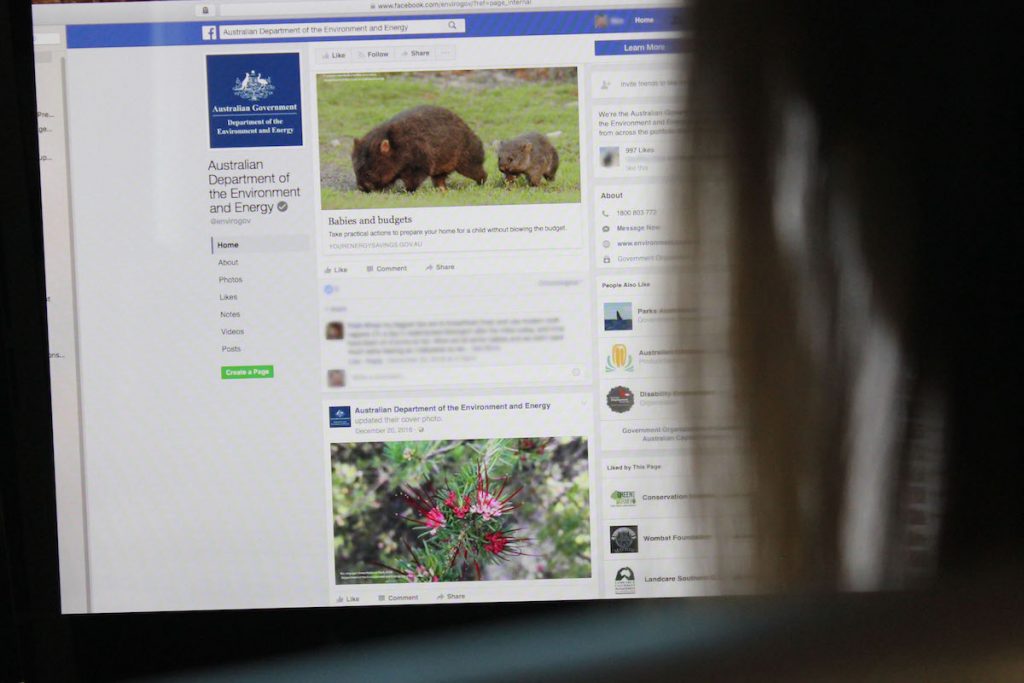In this podcast we hear first hand how the Department of the Environment is using content to aid their government communications effort, to not only inform the Australian public, but to help achieve the department’s goals through grass roots involvement. Ruth Dewsbury is the senior director of communications at the Department of the Environment and Energy in Canberra, Australia. Ruth oversees the department’s external engagement and communications, including media and social media. She’s also worked on domestic and international strategies and campaigns ranging from forest management and biodiversity through to energy efficiency and climate change.
David Pembroke speaks with Ruth about:
- moving from journalism to government communications
- the importance of content and storytelling skills
- telling a story in a political environment
- accuracy is essential to both politics and the bureaucracy
- how to communicate with ministerial offices
- turning statistics into story
- how government is using content communication
- Department of Environment case study
Listen to the podcast:
Selected links:
Australian Government Department of the Environment and Energy
Ruth Dewsbury on government communications:
“The Australian taxpayer needs to know how their dollar’s being spent in the environment policy (and) there’s a large population of people around the nation who are intensely interested in the issues that we cover, in environment and energy, and they want to be part of it. They want to know what they can do, where they can go, what’s happening.
We have intense interest from the academic community in what’s happening in environmental policy. We have a responsibility to get information to a whole range of industry groups about their rights and responsibilities under environment law. Groups like farmers and how they can access grants, how they can ensure that they’re not encroaching on threatened species when they’re harvesting. The whole range of communications objectives that we are hoping to achieve that actually the mainstream media only offered us quite limited opportunities to do so because you’re never going to get that sort of coverage.
It’s exploring how different sectors use the different channels, but we’ve got so many more opportunities now, to get the information directly to the people who need it. There’s people who need it to get their work done, and there’s people who are just interested in it, and in that latter category there are a whole range of people who want to see how their local work, what’s happening in their local environment, fits in with the national picture. They want to see what they’re doing. If someone’s cleaning up a waterway in Wagga or something, how does that fit with the national water quality agenda? How does it fit with invasive species work that they’re doing? Are they going to get rid of the carp? They want to get rid of carp, what’s happening there? So it’s making those linkages across the country, which is one of our responsibilities.”

